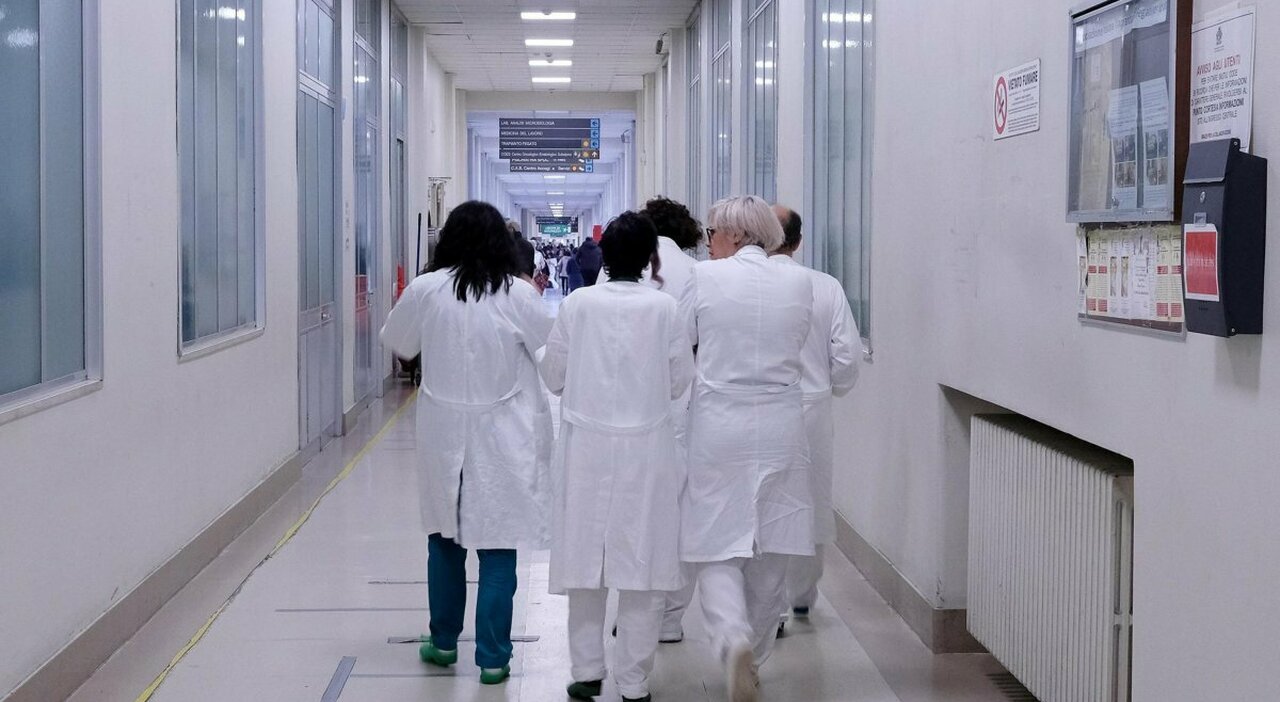For the first time in Italy one was carried out endoscopic cryoablation to remove precancerous lesions of the esophagus – a condition known as “Barrett’s esophagus” – according to a statement released by the Gemelli hospital in Rome.
Up to one in 5 adults in the general population is affected by Barrett’s esophagus: Occurs when stomach acids and enzymes flow back into the esophagus. Over time, the chronic injury from acid reflux causes the esophageal cells to deteriorate.
The pathology can worsen over the years and lead to the onset of ‘dysplasia’, a pre-cancerous condition which can further evolve into an esophageal adenocarcinoma. This can generally occur in predisposed subjects or who do not follow adequate medical therapy.
Endoscopy plays a fundamental role not only in the diagnosis and histological typing of Barrett’s esophagus, but also in the treatment of dysplasia, arresting its potential evolution towards cancer. And at Gemelli, endoscopic cryoablation was performed for the first time in Italy for the treatment of these lesions.
The therapy
“The endoscopic treatment of cryoablation – he explains Cristiano Spada, director of the UOC of surgical digestive endoscopy, foundation of the Agostino Gemelli Irccs university polyclinic and full professor of gastroenterology at the Roman campus of the Catholic University – is performed during a normal gastroscopy, introducing into the esophagus, through the endoscope, a special catheter which it has a balloon at its tip from which liquid nitrous oxide is dispensed in gaseous form. This determines the formation of ice crystals inside the cells, thus causing ischemia and therefore eliminating the pathological tissue. It is an innovative treatment, used for the first time in Italy at our Centre. The results prove that it is safe and effective in clearing dysplasia and metaplasia. And above all it is very well tolerated by patients.
Not all people with Barrett’s esophagus need this type of treatment: for others it is sufficient to monitor the progress of the lesions over time, subjecting the patient to adequate and complete medical therapy for esophageal reflux disease.
«An accurate preliminary specialist evaluation is therefore essential – continues Professor Spada – to personalize the treatment to measure for the individual patient, choosing the best one for his condition».
Endoscopic cryoablation joins the treatments currently available and will allow the treatment of an ever-increasing number of patients, including those who have not responded to traditional treatments, such as radiofrequency ablation (RFA).
«The latter – explains the gastroenterologist Silvia Pecere, medical director of the UOC of Surgical Digestive Endoscopy of the A. Gemelli Irccs University Hospital – is one of the most commonly used options for the endoscopic treatment of a patient with Barrett’s esophagus. Radiofrequencies deliver thermal energy, which removes areas of pathological tissue with heat, and this allows the regrowth of normal esophageal tissue to replace the removed pathological tissue.
